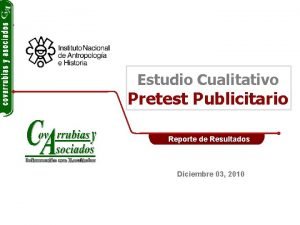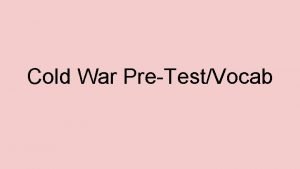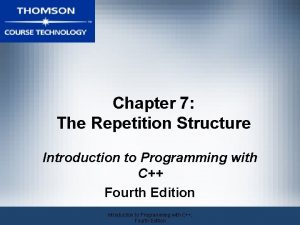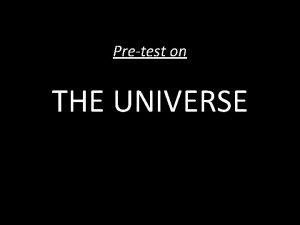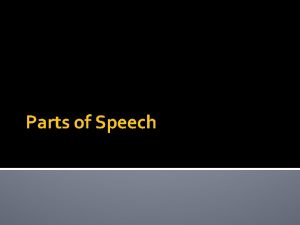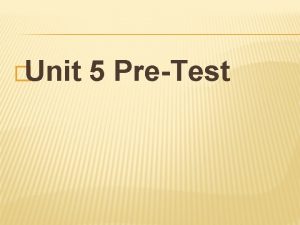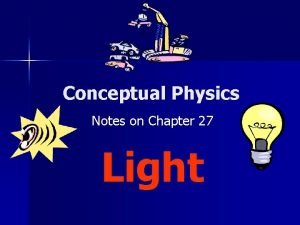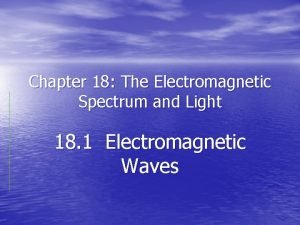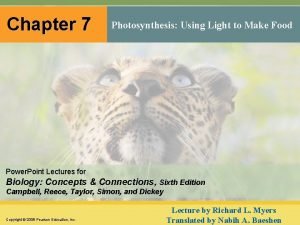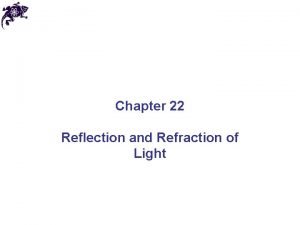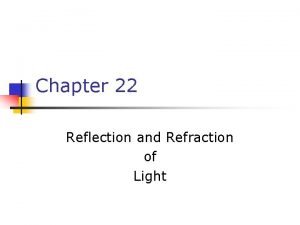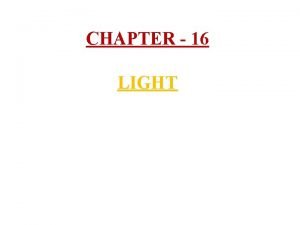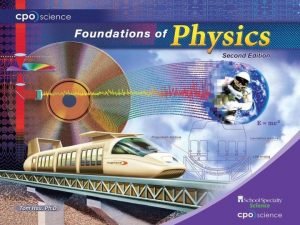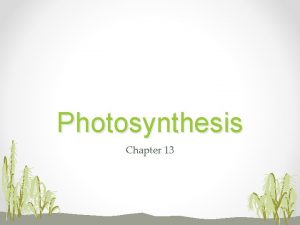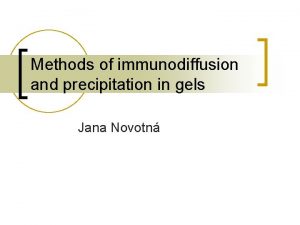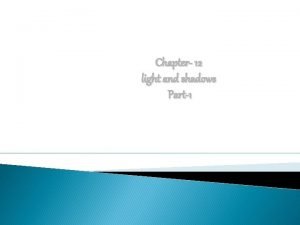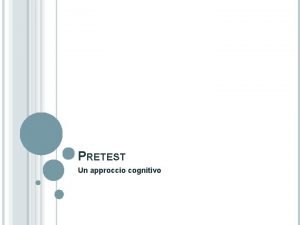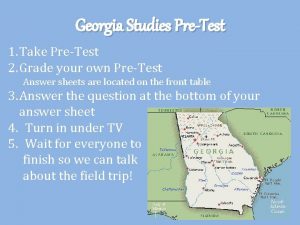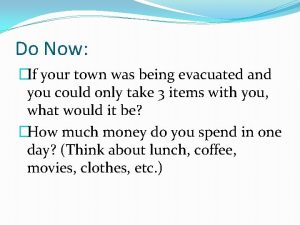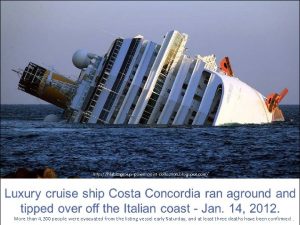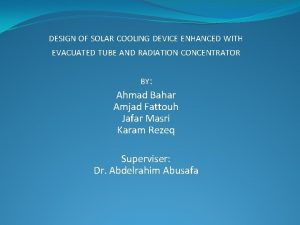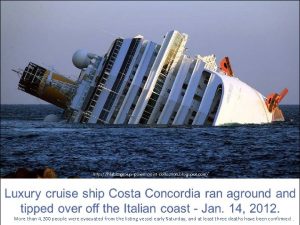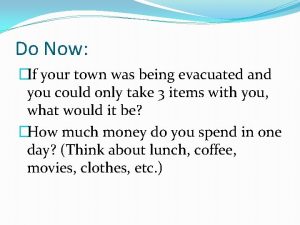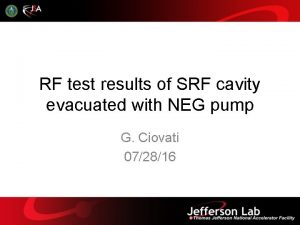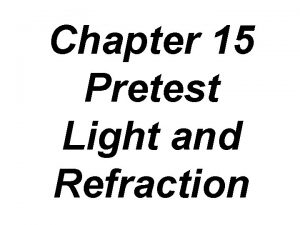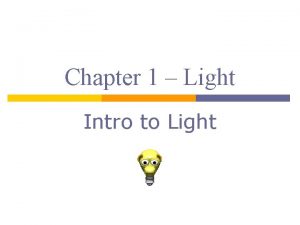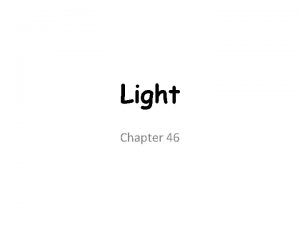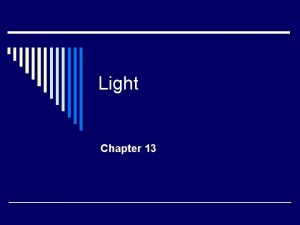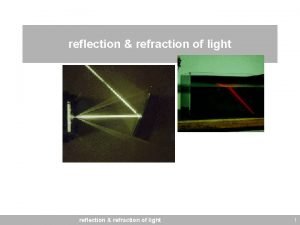Chapter 14 Pretest Light 1 In an evacuated







































- Slides: 39

Chapter 14 Pretest Light

1. In an evacuated tube, a zinc plate exposed to ultraviolet light: A) acquires a negative charge, B) gains protons, C) gains electrons, D) acquires a positive charge.

1. In an evacuated tube, a zinc plate exposed to ultraviolet light: A) acquires a negative charge, B) gains protons, C) gains electrons, D) acquires a positive charge.

2. In photoelectric emission, doubling the intensity of the incident light: A) doubles the rate of emission of photoelectrons, B) doubles the kinetic energy of photoelectrons, C) halves the rate of emission of photoelectrons, D) halves the kinetic energy of photoelectrons.

2. In photoelectric emission, doubling the intensity of the incident light: A) doubles the rate of emission of photoelectrons, B) doubles the kinetic energy of photoelectrons, C) halves the rate of emission of photoelectrons, D) halves the kinetic energy of photoelectrons.

3. For spherical mirrors of small aperture, the radius of curvature divided by the focal length gives a quotient of: A) 0. 5, B) 1. 0, C) 1. 5, D) 2. 0.

3. For spherical mirrors of small aperture, the radius of curvature divided by the focal length gives a quotient of: A) 0. 5, B) 1. 0, C) 1. 5, D) 2. 0.

4. In the case of convex mirrors: A) f and di are both positive, B) f is positive, but di is negative, C) f is negative, but di is positive, D) f and di are both negative.

4. In the case of convex mirrors: A) f and di are both positive, B) f is positive, but di is negative, C) f is negative, but di is positive, D) f and di are both negative.

5. If you know the wavelength of any form of electromagnetic radiation, you can determine its frequency because: A. all wavelengths travel at the same speed. B. the speed of light varies for each form. C. wavelength and frequency are equal. D. the speed of light increases as wavelength increases.

5. If you know the wavelength of any form of electromagnetic radiation, you can determine its frequency because: A. all wavelengths travel at the same speed. B. the speed of light varies for each form. C. wavelength and frequency are equal. D. the speed of light increases as wavelength increases.

6. If you are reading a book and you move twice as far away from the light source, how does the brightness at the new distance compare with that at the old distance? It is: A. one-eighth. B. one-fourth. C. one-half D. twice.

6. If you are reading a book and you move twice as far away from the light source, how does the brightness at the new distance compare with that at the old distance? It is: A. one-eighth. B. one-fourth. C. one-half D. twice.

7. In the diagram above, the image of object B would be: A. virtual, enlarged, and inverted. B. real, enlarged, and upright. C. virtual, reduced, and upright. D. virtual, enlarged, and upright.

7. In the diagram above, the image of object B would be: A. virtual, enlarged, and inverted. B. real, enlarged, and upright. C. virtual, reduced, and upright. D. virtual, enlarged, and upright.

8. In the diagram above, the image of object B would be: A. real, reduced, and upright. B. virtual, enlarged, and upright. C. virtual, reduced, and inverted. D. virtual, reduced, and upright.

8. In the diagram above, the image of object B would be: A. real, reduced, and upright. B. virtual, enlarged, and upright. C. virtual, reduced, and inverted. D. virtual, reduced, and upright.

1. What event caused the downfall of Newton’s corpuscular theory of light? What event caused the downfall of Huygen’s wave theory of light?

Foucalt’s discovery that light travels slower in water than in air. Einstein’s explanation of the photoelectric effect.

2. Write Einstein’s equation for the maximum kinetic energy of photoelectrons and explain each term. Use Einstein’s equation to explain cutoff frequency.

KEmax = hf – w KEmax is the maximum kinetic energy of the photoelectrons, h is Planck’s constant, f is the frequency of the photon, w is the work function

KEmax = hf – w If KE is zero, then hf = w and f is the lowest it can be to overcome the work function; therefore, it is the cutoff frequency.

3. If light travels 35. 385 5 km through air -4 in 1. 180 58 x 10 s, what is the speed of light in air in km/s?

35. 385 5 km / -4 1. 180 58 x 10 s = 299730 km/s

4. A concave mirror has a focal length of 15 cm. An object 1. 8 cm high is located 20 cm from the mirror. Calculate the location and size of the image. What is its type and orientation?

1/f = 1/do + 1/di 1/15 = 1/20 + 1/di di = 60 cm hi/ho = di/do hi/1. 8 = 60/20 hi = 5. 4 cm real, inverted, larger

5. The focal length of a convex mirror is 4. 0 cm. An object 2. 0 cm high is 10. 0 cm from the mirror. Calculate the location and size of the image. What is its type and orientation?

1/f = 1/do + 1/di 1/-4 = 1/10 + 1/di di = -2. 86 cm hi/ho = di/do hi/2 = 2. 86/10 hi = 0. 57 cm virtual, upright, smaller

6. A concave mirror has a focal length of 5. 0 cm. An object 0. 75 cm high is 3. 0 cm from the mirror. Calculate the location and size of the image. What is its type and orientation?

1/f = 1/do + 1/di 1/5 = 1/3 + 1/di di = -7. 5 cm hi/ho = di/do hi/0. 75 = 7. 5/3 hi = 1. 88 cm virtual, upright, larger

A parallel ray is reflected through the focal point.

A ray through the focal point reflects parallel.

The rays don’t cross after reflection, so the rays must be extended to the other side of the mirror. Where they cross is the image: virtual, upright, and larger.

7. What is the energy of a photon whose wavelength -7 is 2. 0 x 10 m?

c = fλ 8 -7 3 x 10 = f 2 x 10 15 f = 1. 5 x 10 E = hf E = 6. 63 x -34 10 x 1. 5 x E = 9. 945 x 10 15 10 -19 joules

8. What is the energy of a photon whose frequency is 14 3. 0 x 10 Hz? (h = 6. 63 x 10 -34 J • s)

E = hf -34 E = 6. 63 x 10 x 14 3 x 10 -19 E = 1. 99 x 10 J


 Light light light chapter 23
Light light light chapter 23 Light light light chapter 22
Light light light chapter 22 Light light light chapter 22
Light light light chapter 22 Phlebotomy requisition form
Phlebotomy requisition form Parts of evacuated tube system
Parts of evacuated tube system The u.s. evacuated vietnamese _____.
The u.s. evacuated vietnamese _____. Pretest: developing an academic and career plan
Pretest: developing an academic and career plan Pretest the early and mid-nineteenth century romanticism
Pretest the early and mid-nineteenth century romanticism Intravenous medication administration pretest
Intravenous medication administration pretest Intravenous medication administration pretest
Intravenous medication administration pretest Pretest: growth, development, and sexuality
Pretest: growth, development, and sexuality Pretest publicitario ejemplo
Pretest publicitario ejemplo Pretest communism and the cold war
Pretest communism and the cold war Proxy pretest design
Proxy pretest design Pepp pretest
Pepp pretest Proxy pretest
Proxy pretest Pretest loop c++
Pretest loop c++ Art pretest
Art pretest Pretest: the universe
Pretest: the universe Whats a pretest
Whats a pretest Identify the part of speech
Identify the part of speech Dolor precordial tipico y atipico
Dolor precordial tipico y atipico Wound care pretest
Wound care pretest Unit 5 pretest
Unit 5 pretest Hdmaster map
Hdmaster map Put out the light and then put out the light
Put out the light and then put out the light Difference between light dependent and light independent
Difference between light dependent and light independent The bouncing off of light
The bouncing off of light Block light in science
Block light in science Conceptual physics chapter 27 light pdf
Conceptual physics chapter 27 light pdf Light cured gels
Light cured gels Chapter 18 the electromagnetic spectrum and light
Chapter 18 the electromagnetic spectrum and light Chapter 7 photosynthesis using light to make food
Chapter 7 photosynthesis using light to make food Chapter 22
Chapter 22 Into the light chapter 22
Into the light chapter 22 Makes things visible
Makes things visible Unit 6 light doe
Unit 6 light doe Under the green light chapter 13
Under the green light chapter 13 Precipitation of antibodies
Precipitation of antibodies Light and shadow chapter 12
Light and shadow chapter 12











